What Are Uv Filter Categories ?
UV filter categories refer to the different levels of ultraviolet (UV) light protection provided by UV filters. These categories are typically labeled as UV0, UV1, UV2, UV3, and UV4. UV0 filters offer no UV protection and are essentially clear filters. UV1 filters provide minimal UV protection and are suitable for use in low UV environments. UV2 filters offer moderate UV protection and are commonly used in areas with medium UV exposure. UV3 filters provide high UV protection and are recommended for use in areas with intense UV radiation, such as high-altitude locations or during outdoor activities. UV4 filters offer the highest level of UV protection and are designed for extreme UV conditions, such as snow-covered environments or when engaging in water sports. It is important to choose the appropriate UV filter category based on the specific UV exposure level and intended use.
1、 UVA, UVB, UVC
UV filter categories refer to the different types of ultraviolet radiation that can be blocked by various filters. The three main categories are UVA, UVB, and UVC.
UVA radiation has the longest wavelength and is the least harmful to the skin. However, it can still contribute to skin aging and wrinkling. UVA rays can penetrate deep into the skin and are present throughout the day, even on cloudy days. They can also pass through glass, making it important to protect the skin even when indoors or in a car.
UVB radiation has a shorter wavelength and is more damaging to the skin. It is the main cause of sunburn and plays a key role in the development of skin cancer. UVB rays are strongest between 10 am and 4 pm and are more intense at higher altitudes and closer to the equator. They can be partially blocked by glass.
UVC radiation has the shortest wavelength and is the most harmful to the skin. However, it is mostly absorbed by the Earth's atmosphere and does not reach the surface. Therefore, UVC is not a significant concern for sun protection.
It is important to note that the latest point of view emphasizes the importance of broad-spectrum protection. This means that sunscreens and other UV filters should be able to block both UVA and UVB rays. This is because both types of radiation can contribute to skin damage and increase the risk of skin cancer. Therefore, when choosing sunscreens or other UV filters, it is crucial to look for products that offer broad-spectrum protection to ensure comprehensive defense against harmful UV radiation.
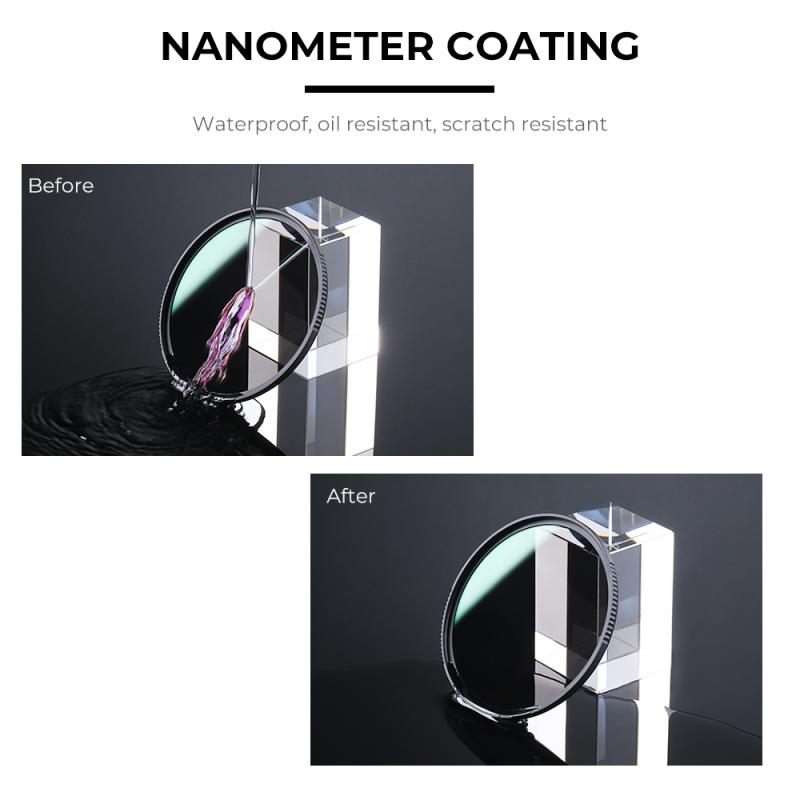
2、 UV 400
UV filter categories refer to the different levels of protection provided by sunglasses or other eyewear against ultraviolet (UV) radiation. UV 400 is one such category, indicating that the lenses block all UV rays up to 400 nanometers in wavelength. This means they offer 100% protection against both UVA and UVB rays, which are known to be harmful to the eyes and skin.
UV 400 lenses have become increasingly popular in recent years due to growing awareness about the damaging effects of UV radiation. Exposure to UV rays can lead to various eye conditions, including cataracts, macular degeneration, and photokeratitis (sunburn of the cornea). By wearing sunglasses with UV 400 protection, individuals can significantly reduce their risk of developing these conditions.
It is important to note that UV 400 is the highest level of protection currently available in sunglasses. Some sunglasses may claim to offer higher levels of protection, such as UV 500 or UV 600, but these designations are not recognized or regulated by any industry standards. UV 400 is considered sufficient for most people's needs and provides optimal protection against harmful UV radiation.
When purchasing sunglasses, it is advisable to look for those that are labeled as UV 400. Additionally, it is recommended to choose sunglasses that provide adequate coverage, fit well, and are made from high-quality materials. Regular use of sunglasses with UV 400 protection can help safeguard the eyes from the harmful effects of UV radiation and promote long-term eye health.
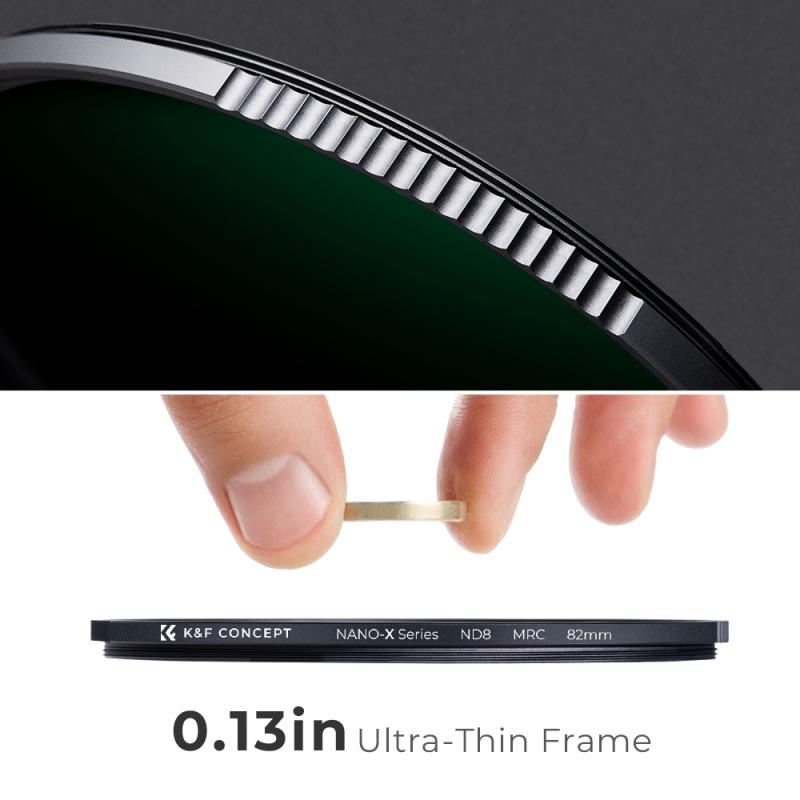
3、 Polarized
UV filter categories refer to the different levels of protection provided by sunglasses or camera filters against ultraviolet (UV) radiation. These categories are important as they determine the amount of UV rays that are blocked by the filter. However, it is important to note that polarized filters primarily reduce glare and improve visibility, rather than specifically blocking UV rays.
Polarized filters are designed to reduce glare caused by light reflecting off surfaces such as water, snow, or glass. They work by selectively blocking certain light waves that are oriented in a specific direction, allowing only vertically oriented light to pass through. This helps to enhance visual clarity and reduce eye strain in bright conditions.
When it comes to UV protection, sunglasses and camera filters often have a separate UV coating or treatment applied to the lenses. This coating helps to block harmful UV rays from reaching the eyes or camera sensor. The level of UV protection provided can vary depending on the specific filter or sunglasses.
In terms of UV filter categories, there are generally three main categories:
1. Category 0: These filters provide minimal UV protection and are suitable for low-light conditions. They are not recommended for prolonged exposure to bright sunlight.
2. Category 2: These filters offer medium-level UV protection and are suitable for average sunlight conditions. They are commonly used for everyday outdoor activities.
3. Category 3: These filters provide high-level UV protection and are recommended for intense sunlight conditions, such as skiing or beach activities. They offer a higher level of protection against harmful UV rays.
It is important to choose sunglasses or camera filters that provide adequate UV protection, as prolonged exposure to UV radiation can lead to various eye conditions, including cataracts and macular degeneration. Therefore, it is advisable to look for sunglasses or camera filters that offer 100% UV protection, regardless of the polarized filter category.

4、 Photochromic
UV filter categories refer to the different levels of protection provided by sunglasses or lenses against harmful ultraviolet (UV) radiation. These categories are determined based on the amount of UV radiation that is blocked by the lens material. One of the categories is "Photochromic," which refers to lenses that automatically adjust their tint based on the amount of UV radiation present.
Photochromic lenses are designed to darken when exposed to UV light and lighten when the UV light is reduced or eliminated. This adaptive feature allows the lenses to provide optimal protection in varying light conditions. When indoors or in low-light environments, photochromic lenses remain clear or lightly tinted, providing clear vision. However, when exposed to bright sunlight, the lenses darken to reduce glare and protect the eyes from harmful UV rays.
The latest point of view regarding photochromic lenses is that they have become increasingly popular due to their convenience and versatility. They eliminate the need for multiple pairs of sunglasses with different tint levels, as they automatically adjust to the surrounding light conditions. This makes them a convenient choice for individuals who frequently transition between indoor and outdoor environments.
Furthermore, photochromic lenses are now available in a wide range of lens materials, including polycarbonate and high-index materials, making them suitable for various prescription needs. They are also available in different colors, allowing individuals to choose a tint that suits their preferences.
It is important to note that while photochromic lenses provide UV protection, they may not darken as much behind the windshield of a car, as the windshield blocks a significant amount of UV radiation. Therefore, it is recommended to wear sunglasses with additional UV protection while driving.
In conclusion, photochromic lenses are a category of UV filters that automatically adjust their tint based on the amount of UV radiation present. They offer convenience, versatility, and protection against harmful UV rays in varying light conditions.
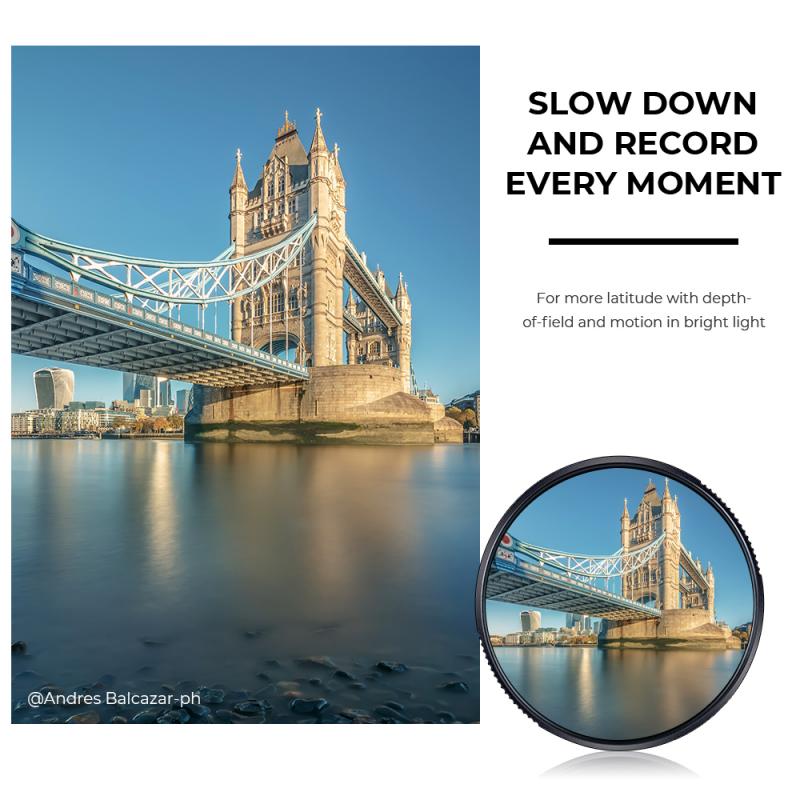

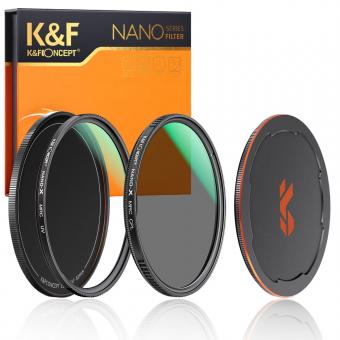
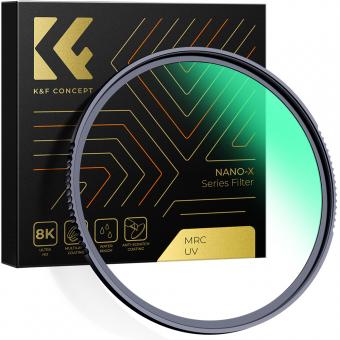
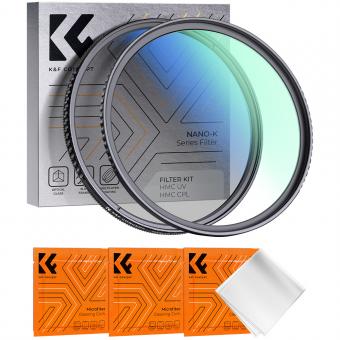



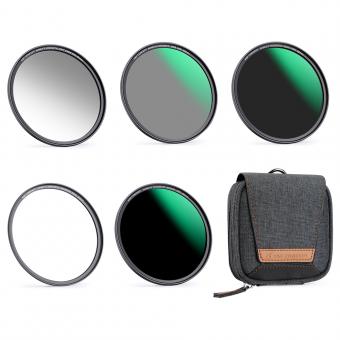
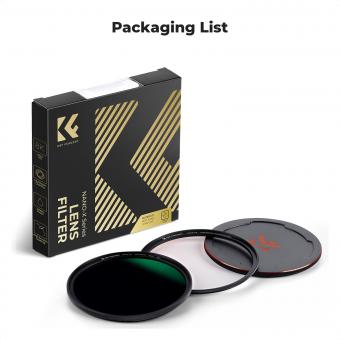
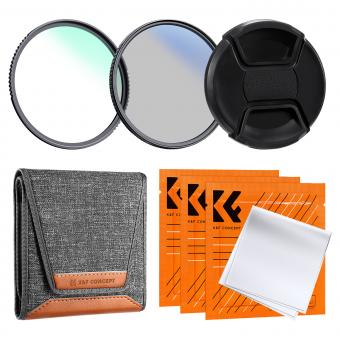





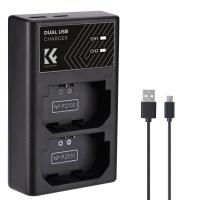


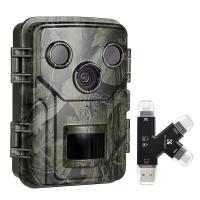
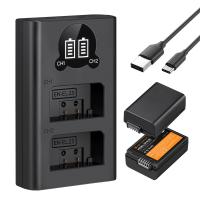
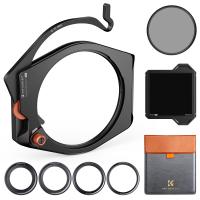
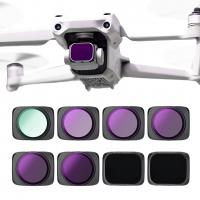
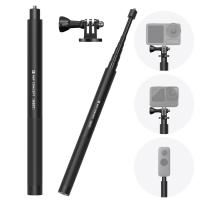
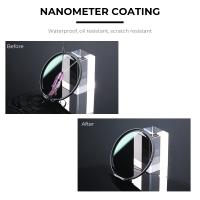
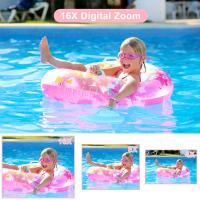


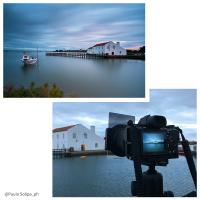
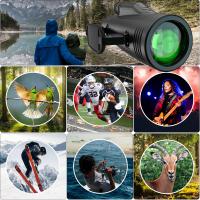
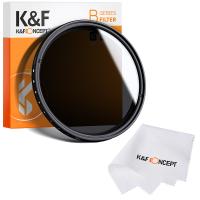


There are no comments for this blog.